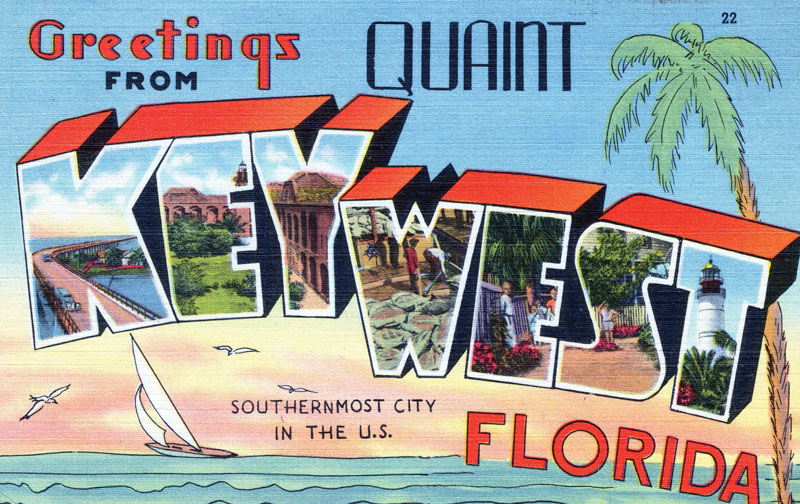By MICHAEL BUSHNELL
Northeast News
January 23, 2013
On Sunday, May 15, 1513, Spanish explorer Antonio de Herrera penned these words upon his discovery of the islands we now call the Florida Keys: “To all this line of islands and rock islets they gave the name of Los Martires [The Martyrs] because, seen from a distance, the rocks as they rose to view appeared like men who were suffering; and the name remained fitting because of the many that have been lost there since.” It was all in search of the elusive Fountain of Youth.
For almost 250 years after that, almost no records existed of anyone coming ashore on any of the Keys, leaving the island chain mostly to the pirates. In 1822, a small flotilla from an upstart United States Navy chased the pirates off and settlement was established. In the Lower Keys, pineapple farms flourished and a large pineapple factory was built which furnished canned pineapple to most of eastern North America.
During the Depression, the Keys seemed to face a bleak future; even the city of Key West went bankrupt. But, with federal aid, an overseas highway opened in 1938, and Keys officials decided their islands still had something to offer: sea, sun and a good year-round climate.
Following WWII, the economy in the Keys flourished, driven largely by tourism – well, tourism and being the winter White House of one Harry S. Truman. These days, more than 3 million visitors arrive each year, mostly via the hundreds of cruise ships that dock there every year. For most, the Florida Keys are the closest thing they will ever find to the Fountain of Youth.
This week’s Linen style postcard was published by the L.A. Vallandares & Son of Key West Florida. It was mailed on July 9, 1950, to Mrs. D. Lyle, Lot 88, Lake Lotawana, Mo. The Lyles were long-time Northeast residents, living for many years on 12th Terrace near Van Brunt Blvd. The personal message reads: “Having so much fun, don’t stop for much writing. Hope things at the lake are ok. Regards, The Williams.”


















